More favorite photos I’ve taken over the years.
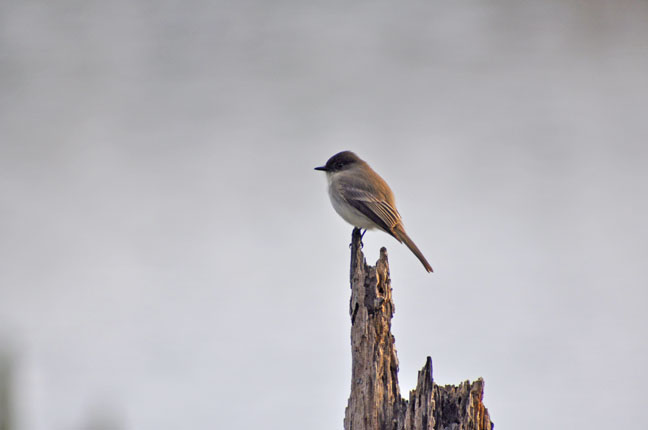

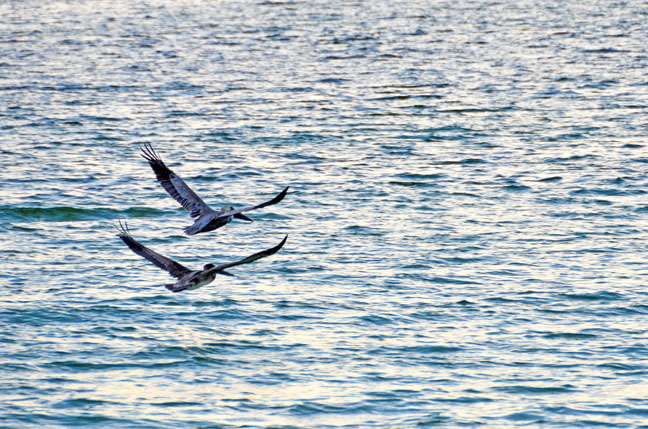


More favorite photos I’ve taken over the years.





Posted in Regular Features | Tagged Humor, Life, Memories, Miscellaneous | 2 Comments »
Forest Roads
The US Forest Service oversees 370,000 miles of unpaved roads. If that number doesn’t impress you, consider that the federal highway system — the Interstates plus all the numbered US highways — totals about half that.
Most forest roads were built by lumber companies over the years and abandoned to the government when the logging was done. The roads are used minimally, and they are a huge detriment to animals and ecosystems. They erode and channel silt into waterways, divert rainfall, and allow traffic, people, and noise to invade the backcountry.
Lately, people with good sense are proposing that we get serious about decommissioning forest roads. The idea is to plow them up to aerate the soil, get rid of the unneeded ditches, bridges, and culverts, and let Mother Nature do her thing. I’m in.

Dune
“Dune: Part Two” is big in theaters right now, but I’m not sure I want to see it. Part one was a pretty good Lawrence-of-Arabia style epic. But I can’t get past the fact that, in my arrogant opinion, the story is simply unpleasant and distasteful.
In a depressingly dark and violent feudal society in the future, opposing forces try to outflank and kill each other. Finally, a messiah arises and sets off a galaxy-wide holy war, killing 61 billion people. The Star Wars universe is bleak, too, but at least it has good guys. Dune kinda doesn’t.
In addition, it doesn’t help that the novels were written by Frank Herbert, a writer with some commendable ideas, but also a right-wing nutjob. Herbert believed that the feudal world he described is the best model for human society. Seriously.
Herbert said all forms of government are corrupt, and the most efficient solution is authoritarianism; in exchange for power, strong figures will take care of the common folk.
If Herbert were still around, he’d be a fan of Putin, Erdogan, and Xi and probably a MAGA.

Franklin Patrick Herbert, Jr. (1920-1986)
Pythons
Snakes are reptiles. In effect, legless lizards. The python is a nonvenomous snake variety of about 40 species found in Africa, Asia, and Australia, plus that pesky invasive population in the Everglades. Pythons squeeze their prey, suffocate it, and swallow it whole.
The largest is the Burmese python of Southeast Asia (you know, the location of Myanmar, formerly known as Burma). Burmese pythons can be nearly 20 feet long and weigh a couple of hundred pounds. Occasionally, a big one will consume a deer or an alligator.
The smallest species is Australia’s pygmy python (aka anthill python because they like termite mounds). Adults weigh about half a pound and are about 20 inches long. Typical prey: mice.
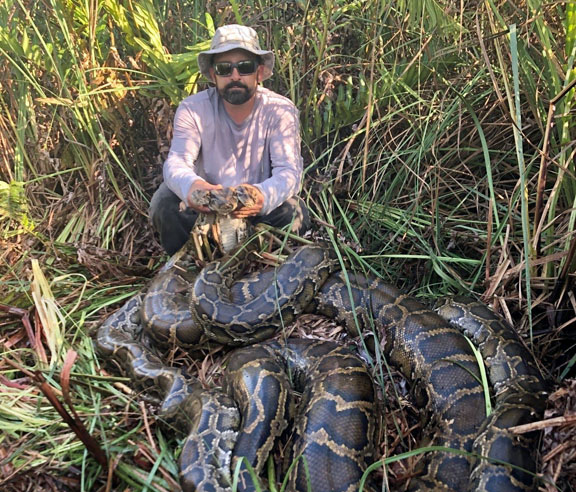
Posted in Miscellanea | Tagged Animals, Miscellaneous, People, Society | Leave a Comment »
● The Hoba meteorite, discovered in Namibia in 1920, weighs 65 tons and is the largest found to date. The previous record-holder was the Cape York meteorite (Greenland, 1894) which weighed a mere 34 tons.
● The normal respiratory rate for a healthy adult at rest is about 16 breaths per minute. A rate of below 12 or above 20 per minute means you have a problem. 16 breaths per minute works out to 960 breaths per hour, 23,040 per day, and 8,409,600 per year.
● The red-billed quelea (kwell-ee-uh) is a small migratory bird of Sub-Saharan Africa. The total quelea population is about 1.5 billion, more than any other wild bird on the planet.
● Ladybugs, members of the coccinellidae (coke-sin-ell-eye-di) family of insects, are beetles, not bugs. In England a few centuries ago, they were called ladybirds, referring to “Our Lady” Mary, who often was depicted wearing a red cloak. In the US, the name evolved to ladybugs.
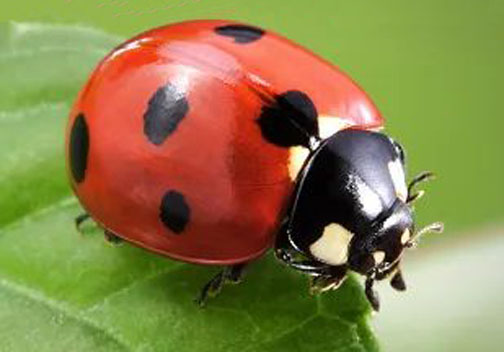
● Panthera is the genus of big cats that includes lions, tigers, leopards, and jaguars. Technically, there is no panther species. There are leopards (Pantherus pardus of Africa and Asia), and there are jaguars (Panthera onca of South and Central America). The term black panther refers to black varieties of leopards and jaguars.
Also not a panther: Puma concolor, the big cat of the Americas variously called a cougar, puma, panther, or mountain lion. It is of the genus Puma, not Panthera.
● Saguaro cacti grow only about one inch in their first eight years. By age 30, they might be two feet tall. At age 35, they begin producing flowers. After 50-70 years, arms will appear. At age 125, they are considered adults. Saguaros grow to 40 feet or more tall and have a lifespan of 175-200 years.
● The first transcontinental flight in the US was made in 1911 by aviator Calbraith Rodgers, who flew a Wright Brothers biplane from New York to California over the course of 50 days (three days, 10 hours in the air). He was followed on the ground by a support crew that made repairs when Rogers landed or crashed, which he did 70 times.
● Bluetooth, the wireless technology introduced in 1998 that allows nearby devices to exchange data, is named for Danish King Harald “Bluetooth” Gormsson (c. 910 – c. 987). Harald got his nickname from a dead and discolored front tooth. Harald unified various regional tribes into the nation of Denmark, and the founders of Bluetooth liked the unity symbolism.
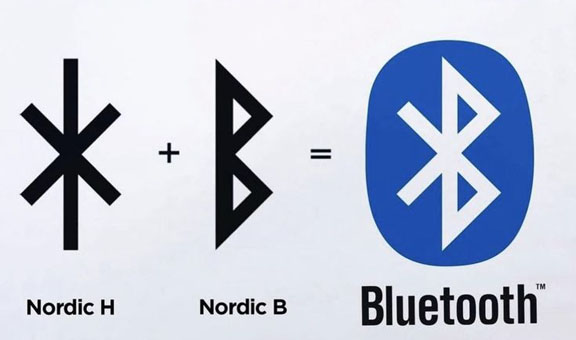
Posted in Edutainment | Tagged Miscellaneous, Animals, History, Science | 1 Comment »
Imitation is the sincerest form of flattery that mediocrity can pay to greatness.
— Oscar Wilde
###
He was the most prodigious personification of all human inferiorities. He was a highly incapable, unadapted, irresponsible, psychopathic individual, full of empty childish fantasies, but cursed with the keen intuition of a rat or guttersnipe. He represented the shadow, the inferior part of everyone’s personality, in an overwhelming degree — and this is another reason why they fell for him.
— Carl Jung, describing Adolph Hitler
###
If the misery of our poor be caused not by the laws of nature, but by our institutions, great is our sin.
— Charles Darwin
###
Cruel men believe in a cruel God and use their belief to excuse their cruelty.
— Bertrand Russell
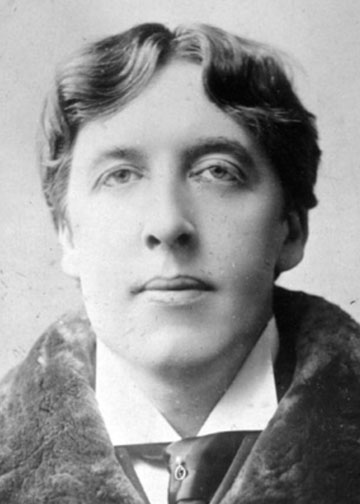
Wilde

Russell
Posted in Regular Features | Tagged Miscellaneous, People, Quotes, Society | Leave a Comment »
My Aunt Betty was the last of the Smiths to live at 201 Kinzie Avenue in Savannah, the de facto family home for many decades. Betty lived there from age two until her death at age 89 in 2014.
When she died, the task of dealing with decades of accumulated family stuff fell to me, my sister Betty, and my brother Lee. In addition to day-to-day furnishings, the house was awash with family mementos and keepsakes — our grandparents’ wedding gifts, albums of newspaper clippings about the Smith brothers in WWII, boxes of cards, letters, and family photos.
The project was especially daunting because we three lived in metro Atlanta. We spent numerous weekends at 201 Kinzie, and a year passed before the house was ready to sell.
But in truth, the project was fascinating. So much history, so many memories. The surprises and revelations.
From the beginning, I fully intended to steal the house numbers over the front door — the weathered brass 201 on the green cedar siding. Those numbers were there all my life.
But then I found a sealed envelope in the back of a kitchen drawer. Written on the envelope in Aunt Betty’s handwriting was Original house numbers, 1926. Inside were three beautiful old brass numbers, 2, 0, and 1.
The numbers over the front door, then, were mere replacements. And now the originals were mine. I knew precisely what I wanted to do with them.
That afternoon, I removed one green shingle from a hidden spot under the back steps. When I got home a few days later, I mounted the house numbers to the shingle and added a hanging hook.
The shingle has been on display in my front foyer ever since.
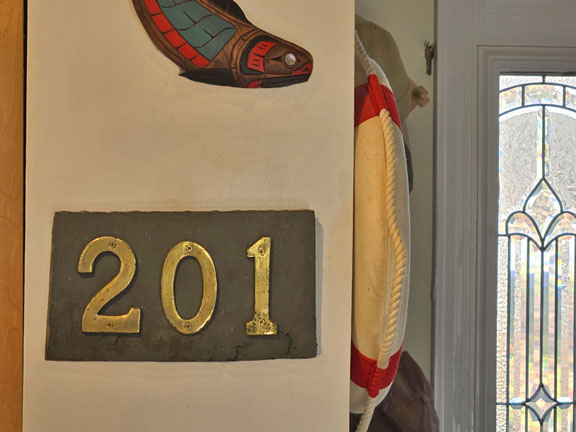
Posted in Recollections Personal | Tagged Family, Life, Memories, People, The South | Leave a Comment »
The Questions…
1. As a candle melts, where does the wax go?
2. How did Broadway in New York City get the nickname “the Great White Way”?
3. What is the last word in the King James version of the Bible?
4. Who was the first African-American actor to win an Oscar?
5. What is a jib?
The Answers…
1. First, the heat of the flame melts and vaporizes the wax. The wax is composed of hydrogen and carbon, which combine with oxygen in the air, forming carbon dioxide and water vapor — which, along with the heat, dissipate into the air.
2. The part of Broadway near Times Square, aka the Theater District, converted to electric lights in the late 1800s. The numerous bright marquees in the District led to the nickname.
3. Amen.
4. Sidney Poitier for Lilies of the Field, 1963.
5. A jib is a small triangular sail set forward of the mast on a sailing vessel. Experts say the jib helps the main sail utilize the wind’s energy more efficiently — a concept I don’t understand, but will accept.
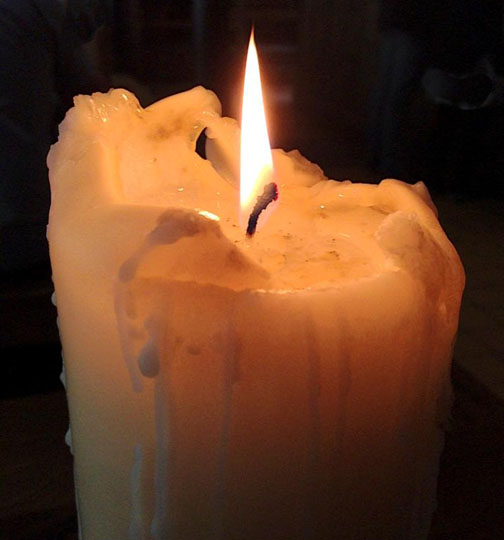

Posted in Regular Features | Tagged History, Miscellaneous, People, Science | Leave a Comment »




Posted in Regular Features | Tagged Humor, Life, Miscellaneous, Society | Leave a Comment »
Still in Awe
High on the list of people I have admired over the years is the late J. C. Collins of Pecos, Texas, the grandfather of my ex, Deanna. He was a genuinely nice guy and the epitome of the kindly grandpa: patient, gentle, supportive, even-tempered.
He was a telegrapher for the Santa Fe Railroad in the days before wireless communications. He sent messages over the telegraph lines, tapping out the dots and dashes in Morse Code. Deanna still has a few old keying devices he used on the job.
He grew up in Kentucky, and he had the amazing ability, learned as a kid, to identify virtually every species of tree he saw. White oak, red maple, sugar maple, sycamore, willow, walnut, white pine, spruce — he knew them all. It was uncanny.
I can remember testing him, and, with a chuckle, he would reply with a name and maybe a few facts about the species. I am still in awe.

Jim Crow
I live in Jackson County, Georgia, which, like most of the South — most of the country — has an ugly history regarding race and justice. Slavery ended with the Civil War, but, as you probably learned in school, the white majority had no intention of treating blacks as equals or relinquishing any power.
By the 1880s, whites in Jackson County outnumbered blacks by a large margin, so the black vote was inconsequential. Therefore, black men were allowed to vote if they payed a poll tax. But eventually, local activists began lobbying to allow black men to serve on juries. As if.
In 1881, the editor of a local newspaper wrote that, although some black men might be qualified to serve on juries, there is “a higher law of moral integrity.” And moral integrity, he wrote, is something “our colored brethren do not possess.” What a sanctimonious jerk.
In the South, the white establishment prohibited blacks from serving on juries until the Supreme Court forced it on them in 1935.
Today, our conservative white brethren don’t want real history taught in schools because, you know, feelings might get hurt. These dipsticks think like their ancestors. Jim Crow isn’t dead.
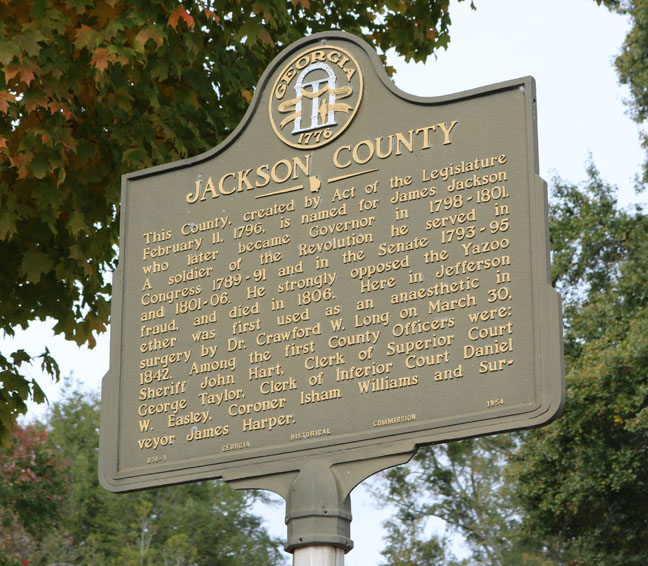
Know Your Camels
The camel is an ungulate, a hoofed mammal, native to Asia and Africa and noted for the hump, or humps, on its back. The hump stores fat (not water, as often believed), which the animal can convert to energy as needed. This allows them to survive for long periods without food or water in the desert regions they inhabit.
The three living species of camels are the one-humped dromedary (or Arabian camel) of the Middle East and Sahara Desert, the two-humped bactrian camel of central Asia, and the wild bactrian of remote China and Mongolia.
Dromedaries make up 94 percent of the camel population, bactrian six percent. Only about 1,000 wild bactrians remain, and they are listed as endangered.
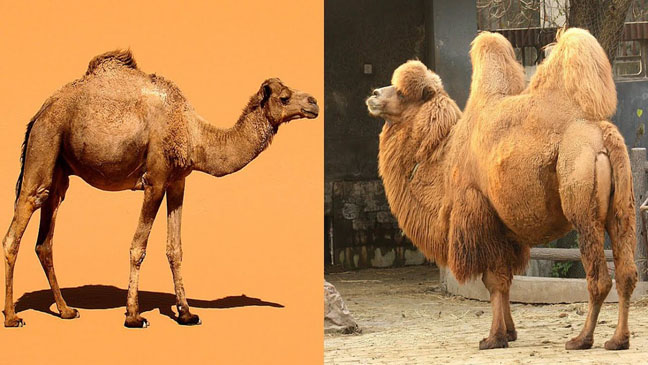
Posted in Miscellanea | Tagged Animals, History, Life, People, Society | Leave a Comment »
More favorite photos I’ve taken over the years.
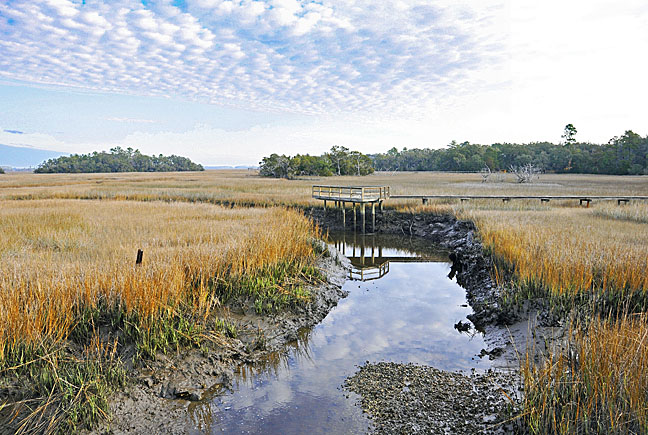

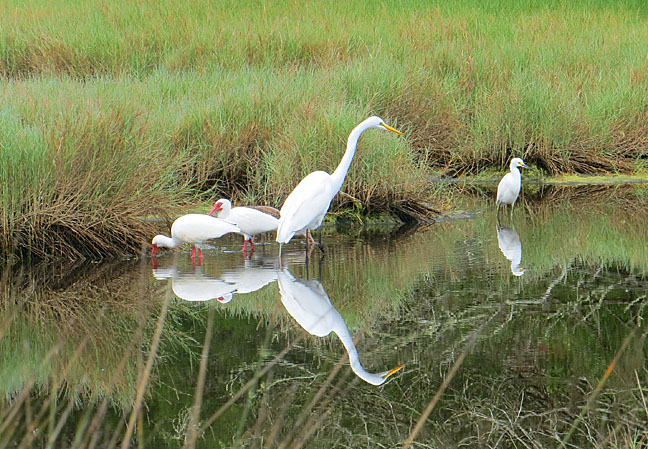
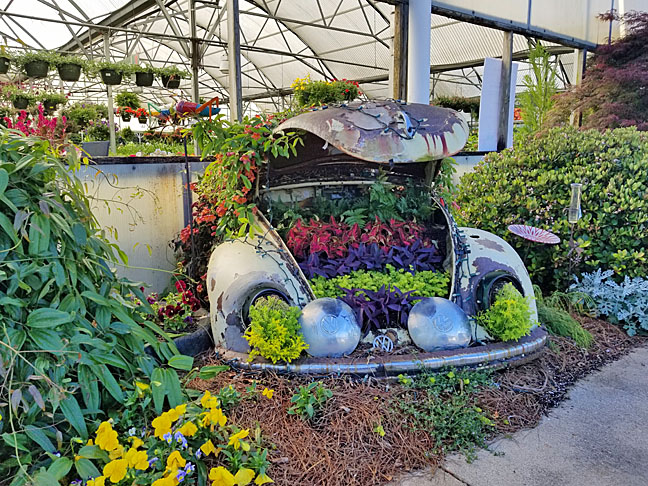

Posted in Regular Features | Tagged Life, Memories, Miscellaneous | Leave a Comment »
● Native Americans introduced early European settlers to cranberries, which the colonists called “craneberries” because cranes ate them. The name evolved to cranberries for… reasons.
● Ten percent of humans are left-handed.
● Poet Walt Whitman (1819-1892), who famously celebrated nature throughout his career, was born on Long Island and lived in Brooklyn most of his life.
● When French clothing designer Louis Réard created the bikini swimsuit in 1946, he named it after the US nuclear testing site Bikini Atoll because, he said, he wanted to make a fashion statement as explosive as an atomic bomb.

● The English word cake is derived from koek, the Dutch word for cake. The word cookie comes from the Dutch koekje — little cake.
● The carbon footprint of Amazon.com is twice that of the Republic of Ireland.
● Poison ivy, poison oak, and poison sumac are members of the Anacardia family of plants, as are cashews, pistachios, and mangos. All six contain the irritant urushiol, which will seriously mess you up — which is why cashews and pistachios are roasted before sale, and why you are well-advised to wash a mango before peeling it.
● The human heart beats about 100,000 times a day. That’s about 35 million times per year and roughly 2.5 billion times over an average lifetime.

Posted in Edutainment | Tagged History, Miscellaneous, People, Society | Leave a Comment »